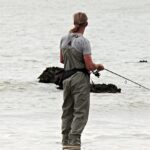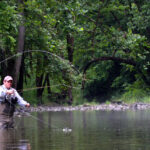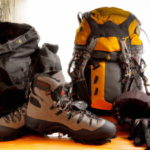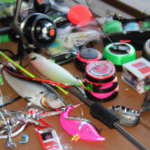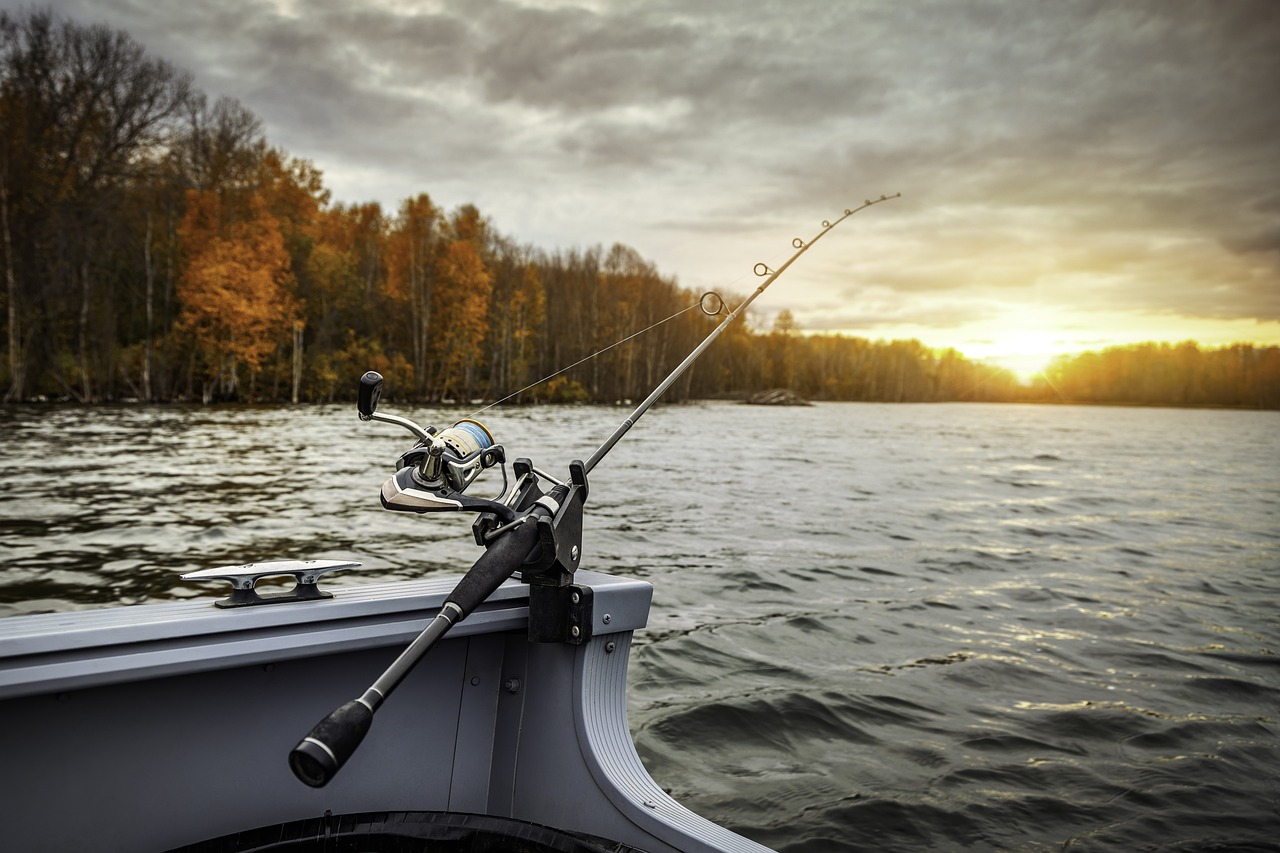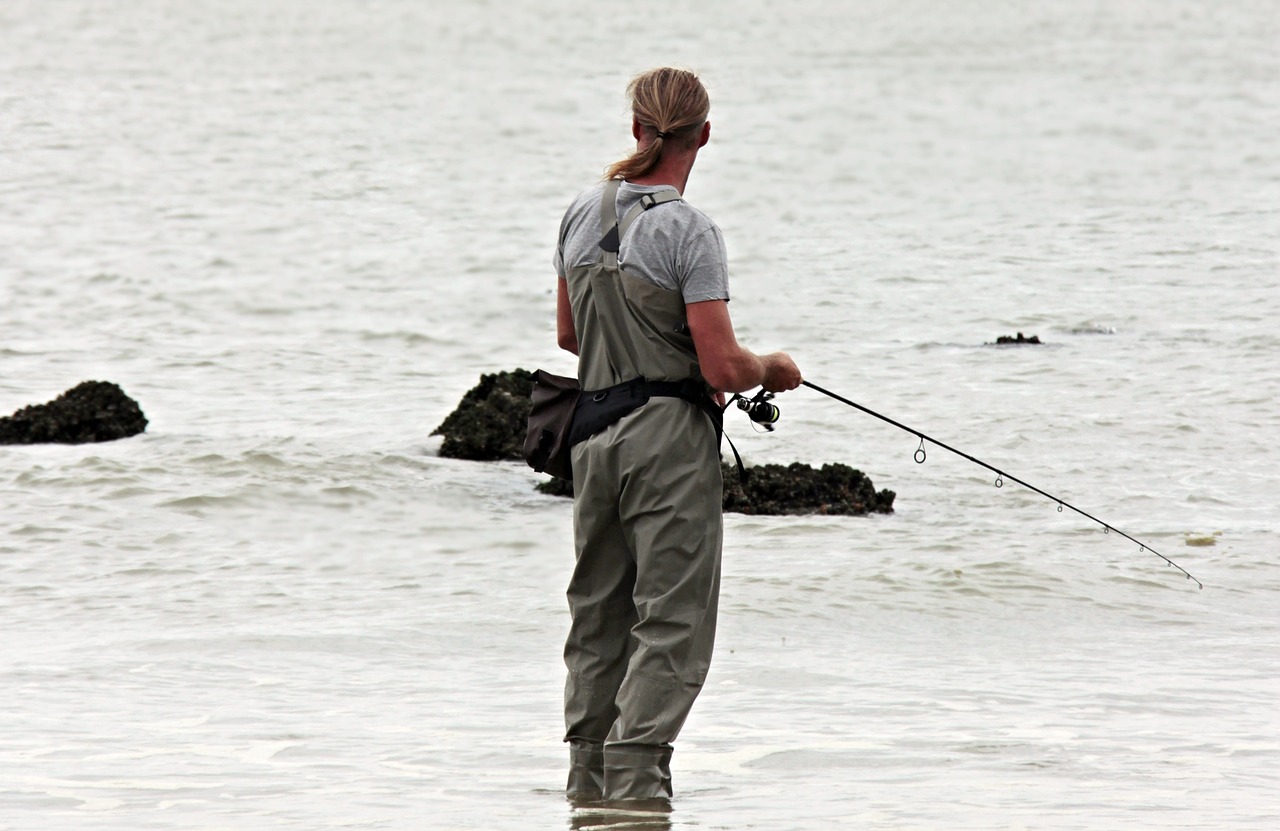Fly fishing is a timeless and elegant angling technique that goes beyond the catch itself. It’s about connecting with nature, mastering the art of presentation, and embracing the challenge of fooling fish with meticulously tied flies. If you’re new to fly fishing, this guide is your starting point to understanding the fundamentals, gear, techniques, and strategies that will set you on the path to becoming a skilled fly angler.
1. Understanding the Basics: Before you step into the water, familiarize yourself with the basics of fly fishing. Learn about fly rods, reels, lines, leaders, and tippets. Understand how to choose the right fly rod weight and length based on the type of fishing you plan to do.
2. Casting Techniques: Casting is a fundamental skill in fly fishing. Start with the basic overhead cast and progress to techniques like roll casting and false casting. Practice your casting in an open area to develop accuracy and distance.
3. Fly Selection: Matching the hatch is crucial in fly fishing. Study the aquatic insects present in the waters you’re fishing and select flies that mimic their appearance and behavior. Start with a variety of dry flies, nymphs, and streamers to cover different feeding scenarios.
4. Reading the Water: Understanding the water’s structure is key to successful fly fishing. Learn to identify riffles, runs, pools, and eddies. Fish tend to hold in specific areas depending on the current and food availability, so knowing where to cast your fly is essential.
5. Presentation Techniques: Presentation is the art of making your fly appear natural to the fish. Learn how to mend your line to achieve a drag-free drift, vary your retrieve to imitate prey movement, and use line control to maintain contact with your fly.
6. Knot Tying: Master a few essential knots, including the improved clinch knot, loop-to-loop connection, and nail knot. These knots are essential for attaching flies, leaders, and tippets securely.
7. Understanding Fish Behavior: Study the feeding patterns and habits of the fish you’re targeting. Different species have different preferences, so knowing when and what they’re likely to bite can significantly improve your success rate.
8. Practice Patience: Patience is a virtue in fly fishing. Observing the water, waiting for the right moment, and adapting your approach are all part of the process. Embrace the serenity of the outdoors and enjoy the experience, regardless of the catch.
9. Embrace Conservation: As a responsible angler, practice catch-and-release when appropriate. Handle fish with care, use barbless hooks, and respect fishing regulations to contribute to the preservation of aquatic ecosystems.
10. Seek Guidance: Consider taking a fly fishing class or hiring a guide to jumpstart your learning curve. Experienced instructors can provide personalized guidance and valuable insights that will accelerate your progress.
Conclusion: Fly fishing is not just a hobby; it’s a journey that connects you to nature and tests your angling skills. As a beginner, embrace the learning process, be patient with yourself, and relish every moment spent on the water. With dedication and practice, you’ll soon find yourself casting with grace, reading the water intuitively, and experiencing the thrill of a well-executed fly presentation. Fly fishing is a lifelong pursuit, and this guide is your starting point on an adventure that will bring you closer to nature and the art of angling.


